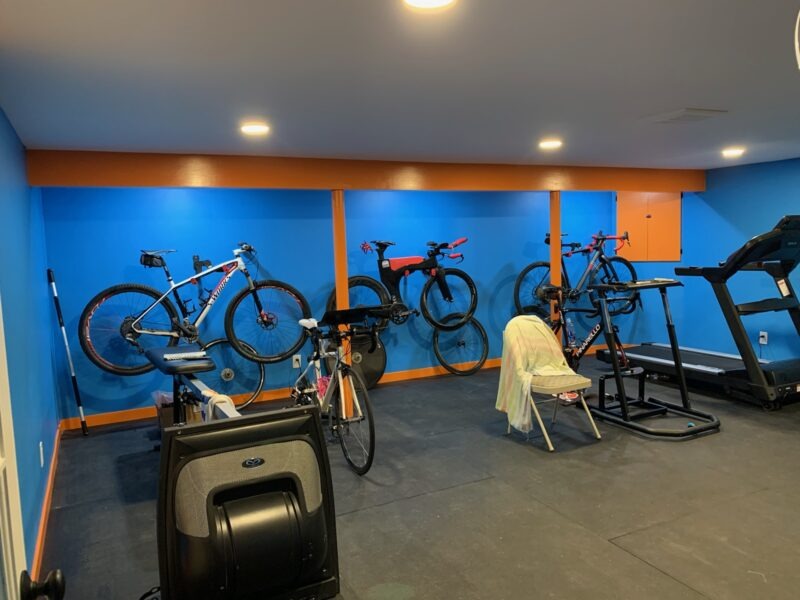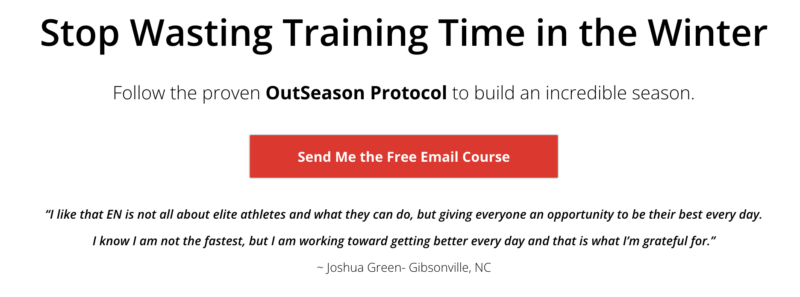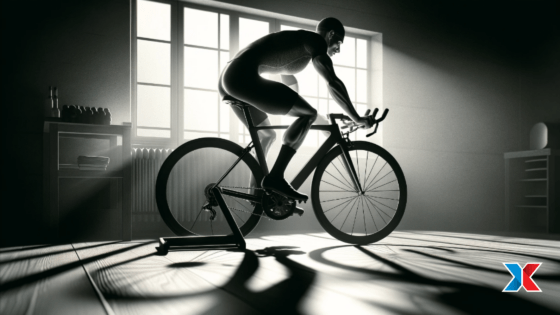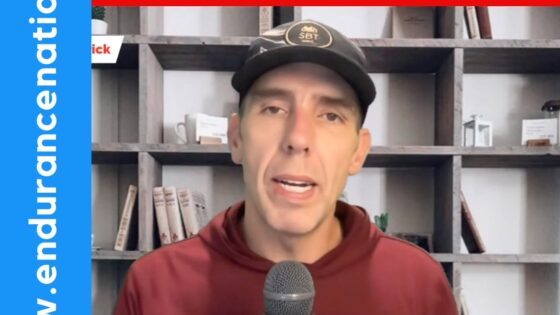
A coach is really just a time investment manager. You, as a self-coached athlete, must also play this role.
“Real Life You” gives “Coach You” only so many hours of training time to work with. You assign time to the more important areas of your life: family, work, personal interests, social stuff, etc. Only then can you turn to training.
As your own Time Investment Manager, your job is to maximize the Return on Investment (ROI) of time spent training. Since we have limited training time, we need to spend that time doing the work that makes us better, faster, healthier, stronger.
As your own Time Investment Manager, your job is to maximize the Return on Investment (ROI) of time spent training.
Years of coaching age-group triathletes, runners, and cyclists, has shown that all training time is not created equal. The fallacy of planning and using units of time (days / weeks / months) makes time appear equal: ten hours this week and ten hours next week. On the face of it, both weeks are ten hours. Smart athletes know that it’s what you do within those hours that makes a difference.
Training time is particularly more expensive in the winter.
There is less time available as the days are shorter.
Even if you aren’t training outside most of the time, hours of daylight have a massive effect on your overall energy levels and motivation.
It’s cold, raining and/or snowing outside = indoor training = training time has a huge mental cost.
Even with adaptations in technology like Zwift and Trainer Road indoors time still is more taxing on your body.
You’ve already been training all year, or at least a long time.
You need to give your head a break before you ask it to commit to the work you’ll expect of it next season. Ignoring what your mind and body needs in terms of rest is a recipe for disruption and potential disaster.
Most importantly, you’ve asked your family / significant other to sacrifice a great deal as you train for hours and hours and hours every week.
You owe it to the people you care about to spend more time with them, and this means less time with your bike or running shoes, less time at the gym…and more time with the people that matter to you.
While we completely understand that training is part of your lifestyle and you want to do what it takes to get faster year after year, “November-Thru-March You” owes it to your family and “April-thru-September You” to make that training as time-efficient as possible.
“Victory comes from finding opportunities in problems.”
~ Sun Tzu
How to Move Forward, Focused
But all is not lost. You can still improve on a more focused training schedule. Less time and changed priorities are simply opportunities to improve the training system you have built.
One way you can achieve the Return On Investment you seek by making your training very low volume and either very frequent or very intense.
Fitness Is the Ability to Perform Work
The physics of you moving your body down the road or through the water, using your hands, your bike, or your feet is simply work.
Work X applied to the mass of your body yields speed Y. Your fitness is then simply an expression of your body’s ability to perform work.
At any given level of fitness, your body is adapted to perform Work X, yielding Speed Y. But there’s only one problem — your body is lazy. Yes, even you with ALL the abs.
The challenge? If you only ask your body to do X, it will only ever be an X body. Simply put, your body will do the minimum amount of work that you require. Not an iota more.
The purpose of training is simply to apply a load greater than X, forcing your body to adapt to this greater load.
Over time, your body adapts and is able to perform Work greater than X, yielding Speed greater than Y.
Manipulating the Fitness Equation
You have three variables to manipulate this training load across any week:
Frequency: The number of training sessions you can schedule each week.
This is mostly fixed by the constraints of your life such as your schedule. It can be useful for a particular discipline or timeframe, depending on your situation.
Volume: More effective but much less so in the winter.
Factors such as hours of daylight, road conditions, pool times in the winter, etc., all impact your ability to put in training time. This is why we strongly suggest you keep your winter training volume to an absolute minimum.
Intensity: How “hard” or fast you go during each session.
This is infinitely adjustable. For example, I can just run easy for an hour, or I can do endless variations of speed work, pace changes and other hard running in that same hour. Two runs, both one hour in duration, can have dramatically different effects in the training load applied to the body.
Of all three, intensity is our preferred method for manipulating the training load of our athletes across a training week. This enables us to keep a fairly consistent schedule for planning purposes while continuing to create opportunities for growth and development.
Workout manipulation is particularly in the winter, because frequency and volume are largely fixed.
This is why we call it the “OutSeason“, eliminating the concept of “off” from our vocabulary. We are still working, just at a different rate and in a different manner.
Work is Speed Entering the Body
We combine these two principles above to create the cornerstone of our coaching: Work is Speed Entering the Body.
It’s on our t-shirts, jerseys, singlets, and more. Nowhere is it more important than during the OutSeason.
Our logic is this:
- Time is our most limited resource. OutSeason training volume should be as low as possible for the reasons outlined above.
- But you still want to become a faster triathlete, right? If life keeps frequency and volume relatively fixed, then the only variable left is intensity. If my body has adapted to doing Work X while training 12 hours per week, but I now allow myself to train only six to seven hours per week, I need to dramatically increase the intensity in order to maintain or increase this adaptation.
- Respond to these changes and demands with a new solution. The OutSeason is the perfect time to train less and get dramatically faster through an improved schedule.
Build Your Fast, then Add Far
In the end, you earn the right to go faster on race day by making yourself faster in training. The most time efficient method to get faster is to go faster in training. And nowhere else is time efficiency more important than in the OutSeason.





Leave a Reply